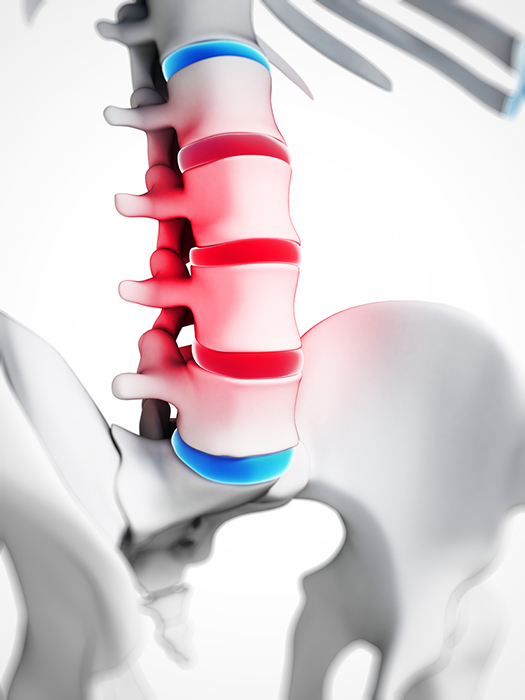LUMBAR SPINE SURGICAL PROCEDURES
Discectomy (Microdiscectomy)
A discectomy or microdiscectomy is performed in order to remove lumbar herniated disc material that is pressing on a nerve root. During this procedure the use of a special microscope to enhance visualization of the disc and nerves is used to allow for a smaller incision, causing less damage to surrounding tissue.
Anterior Lumbar Interbody Fusion (ALIF)
An ALIF is typically performed for treatment of lower back pain caused by degenerative disc conditions. The spine is accessed through a small incision in the lower abdomen and the abdominal muscles are retracted to the side. After the degerative disc is removed, bone graft material or fixation hardware is then placed into the disc space.
Posterior Lumbar Interbody Fusion (PLIF)
A PLIF is done by the removal of the posterior bone of the spinal canal, retraction of the nerves and removal of the disc material from within the disc space, followed by insertion of bone graft and sometimes hardware in order to fuse the bones. This procedure is called an "interbody fusion" because it is performed between the "bodies" of the vertebrae and across the disc space.
Laminectomy
A laminectomy or laminotomy (a partial laminectomy) is performed to relieve pressure on the nerve roots. Often the incision is made in the midline of the back and the muscle is moved away to expose the lamina. The lamina forms a roof over the neural canal. The lamina can be removed in whole or in part to expose a single nerve root or more of the neural elements. In the case of a lumbar disc herniation, a laminotomy, or partial removal of the lamina is usually sufficient to gain access to the affected nerve root. The nerve root will usually be visible just beneath the lamina, and the disc herniation will be just below the nerve. In the case of spinal stenosis, a more extensive laminectomy is performed, and may require removal of an entire lamina including the spinous process.

